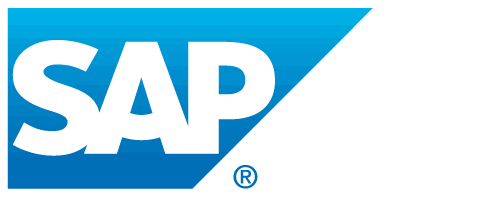Automation, open talent pools and increased flexibility are three trends converging in the workplace to create a once-in-a-generation opportunity to transform how work gets done.
New work models present an appealing possibility of an energising employee experience, increased output and reduced cost.
Yet this combination of results could remain wishful thinking if an organisation fails to recognise that, alongside the understandable appeal, less obvious risks must also be managed.
Flexible working and risk management:
Flexible working: what HR needs to know to make it work
Why providing flexibility could cost companies dearly
Flexible working: the solution isn’t new legislation it’s changing how we define it
Top HR risks of the next decade and how to handle them
Many of the benefits of reimagining how, when and where work gets done have been discussed extensively: lower real estate costs for companies, less need for travel, greater schedule and location flexibility for individuals.
Much less has been debated about how new work models will also reshape an organisation’s risk profile and demand a different approach to risk management.
Most notably, it will require a partnership of your business and functional leaders to monitor new intertwined vulnerabilities, assess risk tolerance and ensure the company and employees are adequately protected.
A changing risk profile
In addition to potential impact on company culture and innovation, which many leaders have considered, there are other important areas that shouldn’t be overlooked.
Cyber risk has skyrocketed with the rapid shift to remote work during the pandemic and increasing automation of business processes. New work models both increase and moderate the risk of business disruption.
For example, with technology that allows employees to work remotely, weather events that prevented individuals from getting to an office no longer limit work to the same extent.
On the other hand, wifi outages and labour shortages impacting transportation hubs and supply chains add to the risk.
There are also more opportunities for previously untapped or excluded talent – retirees, employees with disabilities and talent located far from headquarters – as automation helps companies expand their reach for skilled workers by taking jobs to people instead of bringing people to jobs.
Decisions about new work models will also affect the communities in which they operate. A stark example of this is how remote work dramatically changed the complexion of central business districts.
Streets that had bustled with commuters and office workers emptied and with that an array of service providers – coffee shops, food vendors, florists and more – were left without business.
The way forward
These risks should not dissuade leaders from capitalising on this extraordinary opportunity to reimagine the future of work. Rather, leaders should factor their new risk profiles into how they change so they unlock the full potential of the opportunity.
It will take a carefully balanced and systematic approach to identify the specific opportunities to generate higher work output, lower cost of work and differentiated employee experiences.
The most significant risks of work transformation will need to be modelled, redesigning risk management, risk financing and capital allocation frameworks, and setting up early-warning systems to catch the unforeseen risks.
Finally, building organisational and leaders’ capabilities to recalibrate, redesign and continually evolve work models will be equally critical as the values and preferences of the next generation of customers and talent evolve, and technology and innovation continue to shape how people work and new risks emerge.
Julie Gebauer is global head, health, wealth and career, WTW; and Adam Garrard is global head, risk and broking, WTW










